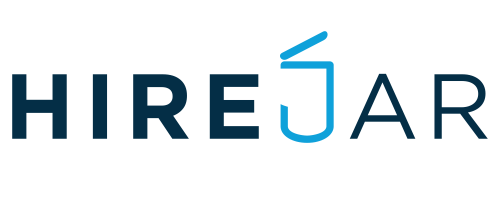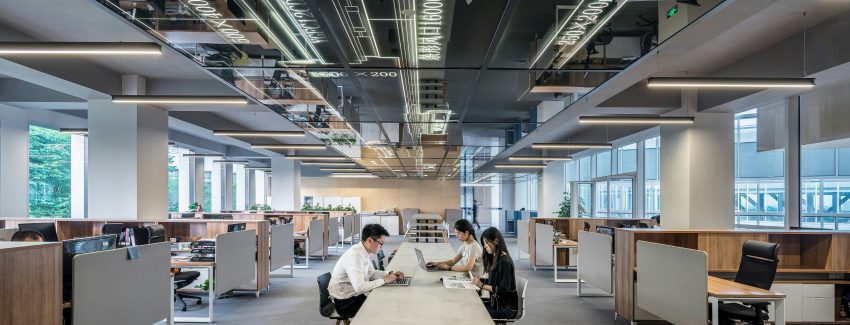As we navigate through significant shifts in the employment landscape, it’s clear that companies, both large and small, are reassessing their workforce needs. Recent trends in layoffs from major tech giants like Meta, Amazon, and Alphabet, which have seen reductions of 21,000, 27,000, and 12,000 employees respectively, illustrate a broader, somewhat grim picture of the current job market. The detailed ramifications of these layoffs highlight a strategic pivot towards investing in Generative AI (GenAI) systems over traditional human capital.
According to insights from Jordan Wilson on the recent Every Day AI Podcast, there’s a discernible trend where companies prioritize GenAI investments, often at the cost of human jobs. This strategic shift is not without its merits; tools such as AI-driven Sidekicks and chat interfaces have proven to enhance employee productivity, allowing companies to achieve more with fewer personnel.
Claim your Free Subscription to HireJar, the AI Hiring Platform to Fill Any Role, Any Duration
The market reaction to layoffs further reinforces this trend, with Wall Street often boosting the stock prices of companies that announce reductions in workforce. This financial incentive is driving more CEOs to adopt similar strategies, suggesting that the wave of layoffs could continue for the foreseeable future.
Beyond immediate headcount reductions, another significant impact of GenAI on the workforce is the anticipated decrease in future hiring. With a focus on enhancing the productivity of remaining employees through GenAI, companies are expected to open fewer new positions. As Isabelle Bousquette reports in The Wall Street Journal, many companies justify the substantial investments required for custom GenAI solutions by scaling back on new hires.
The fundamental shift in company dynamics is profound. Traditionally, human capital was considered the core value of a company. However, as specific company knowledge becomes increasingly encapsulated in AI systems, the reliance on a large human workforce diminishes. This transition is already impacting several business functions, including content creation, software engineering, customer support, and data entry.
In customer support, for example, AI’s ability to resolve issues at the initial customer interaction has significantly reduced call volumes, diminishing the need for a large support staff. However, it’s important to recognize that this trend is likely to eventually impact every role within a company.
The evolving corporate landscape suggests a future with fewer permanent employees, who are expected to be more productive with the aid of GenAI tools. Simultaneously, there will be a growing demand for contingent workers to fill specific expertise gaps and address seasonal fluctuations in business.
For HR executives, this means adapting to a new norm that involves hiring and onboarding more contract workers and possibly fractional employees.
While GenAI promises to spawn new job functions and industries, these are still years, if not decades, away. In the interim, the job market may face significant disruptions, prompting a need for strategic, informed responses from HR leaders to navigate these challenging times.

